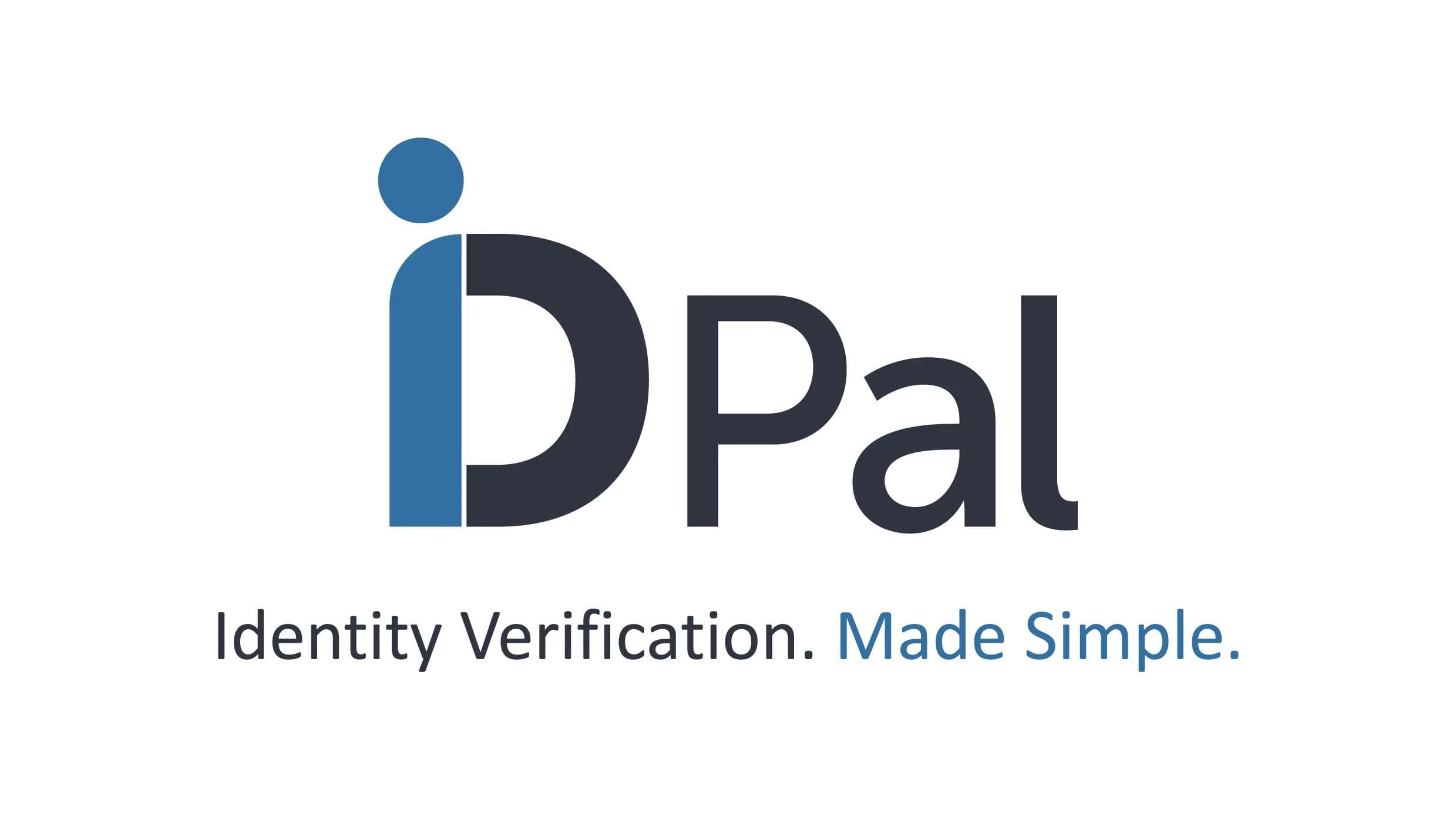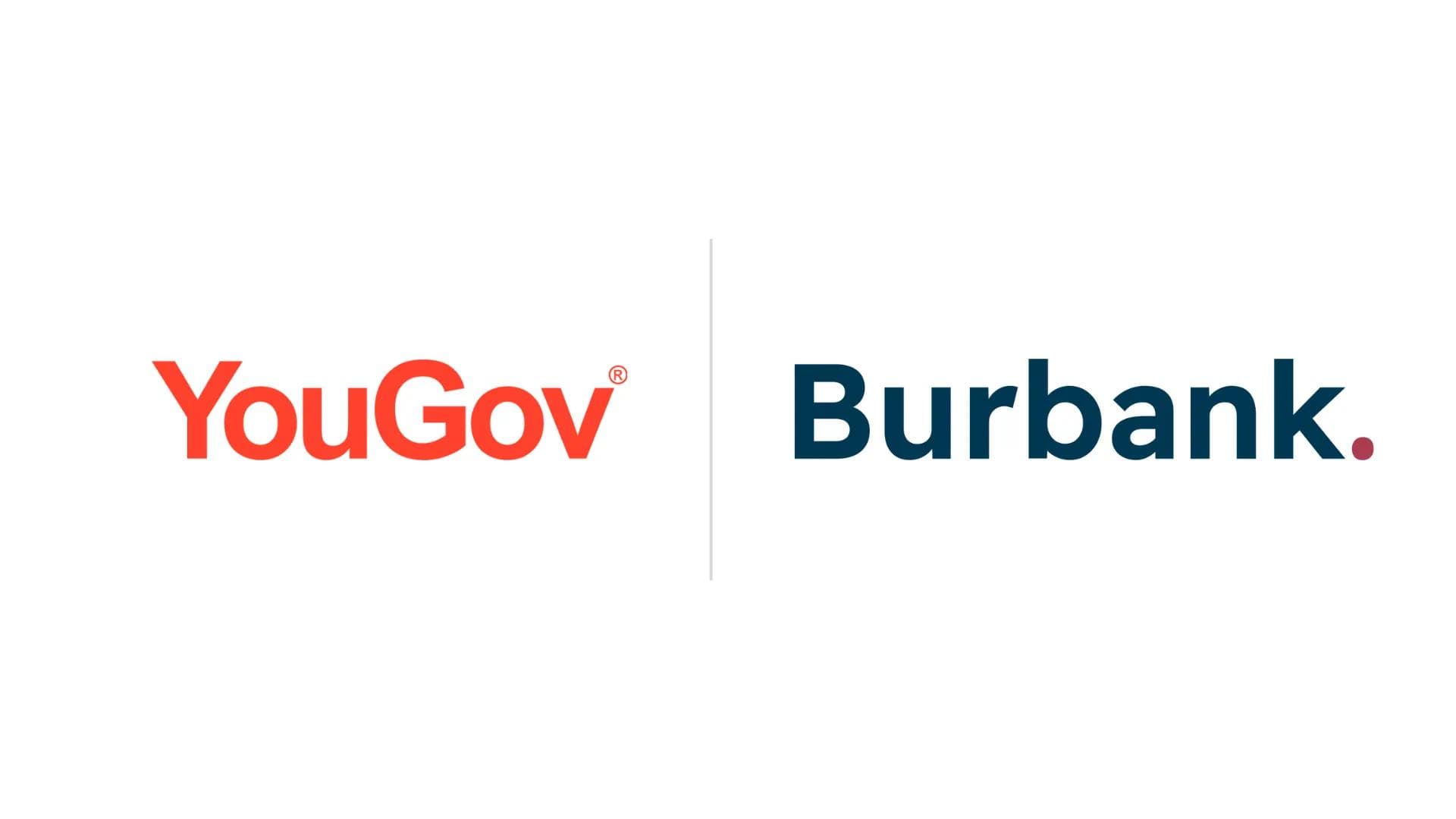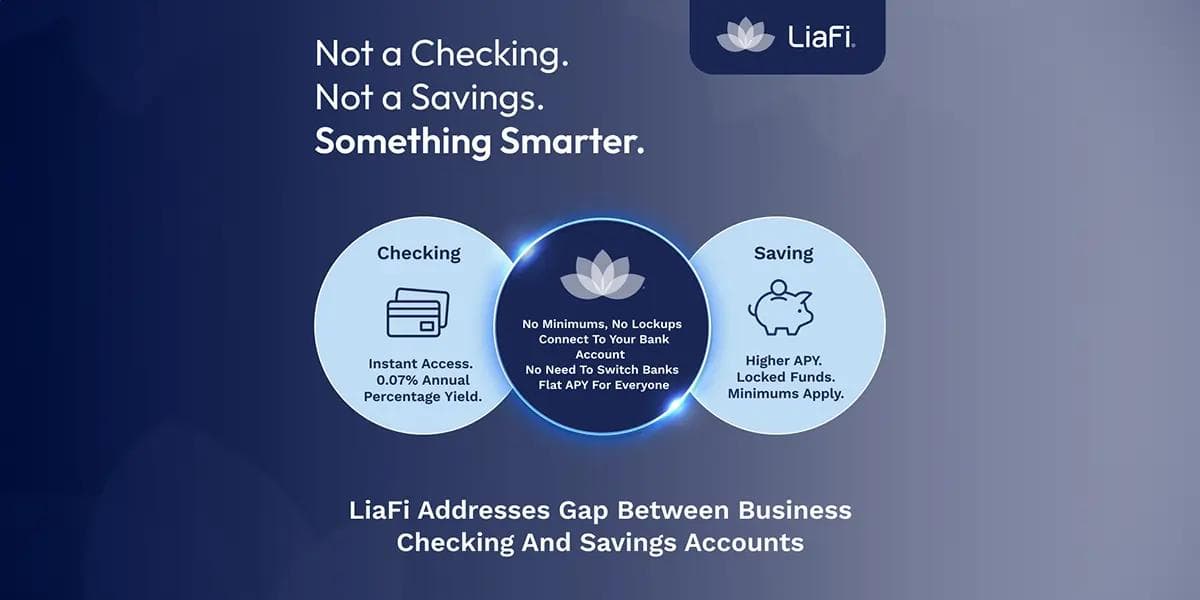Now is the Time for Payment Systems Modernization in the Financial Industry
Now is the Time for Payment Systems Modernization in the Financial Industry
Published by Wanda Rich
Posted on June 3, 2025

Published by Wanda Rich
Posted on June 3, 2025

by Chris Beard, Solutions Sales Director Europe, Diebold Nixdorf
Abstract
The roadmap of legacy environments is already dominated by changing rules and regulations, and with all the upcoming changes, the business needs will be increasingly difficult to meet. Key regulatory developments in the Eurozone include mandatory instant payment capabilities, compliance with anti-money laundering regulations, and the introduction of Verification of Payee (VoP) services. Additionally, PSD3 and the Payment Services Regulation (PSR), enhancing consumer rights, DORA, and leveling the playing field for payment service providers are driving the adoption of cutting-edge technologies. Introducing innovative payment processing capabilities to address these ever-increasing regulatory and business requirements enable financial institutions to deliver faster, more secure and reliable services with improved operational efficiencies.
Introduction
As financial regulations evolve in response to emerging risks and technological shifts, they are increasingly advancing from static checklists to dynamic processes that require innovation. Working with many financial institutions, we have seen the relationship between regulatory compliance and technology modernization become the catalyst for rethinking and redesigning payment systems. In fact, the most progressive financial institutions are embracing the opportunity, overhauling aging infrastructure and enhancing customer experiences by building more resilient, secure payment networks.
Compliance as an Enabler for Technological Innovation
When framed through the lens of innovation, compliance requirements provide a clear blueprint for technological upgrades. Rather than regarding these obligations as mere costs, institutions can view them as an impetus, and even a foundation, for employing advanced technologies. For example, the regulatory need for real-time data processing has spurred the adoption of advanced cloud-native platforms and big data analytics. Furthermore, AI and ML algorithms have emerged to automate risk assessment processes, increasing both operational efficiency and accuracy. In this way, the very systems that were once introduced to satisfy regulatory demands become the cornerstone for a modernized, robust, and agile payments infrastructure.
Modern Payment Systems: A Necessity for Globalized Finance
Global transactions demand speed, accuracy, and crystal-clear accountability. Modern payment systems are built to accommodate these prerequisites. Integrating innovative technologies, such as Application Programming Interfaces (APIs) and intelligent workflows, can reduce processing times, enhance transparency across transaction processing, and mitigate security risks. In an environment where regulatory compliance mandates increased transparency and thorough auditing capabilities, these technological advances not only smooth the payment process but also help reduce operational risks. Such advancements ultimately increase confidence in the financial markets and position institutions as trustworthy stewards of customer funds.
Adoption of cloud-native infrastructures allows for scalable and flexible processing power to handle real-time data, while APIs and microservices provide the interoperability needed for seamless integration between legacy systems and modern financial platforms. In integrating these technologies, financial institutions create an ecosystem where compliance requirements are met with precision and efficiency, enabling a more agile and modern payment landscape.
Practical Applications
Consider a multinational bank that historically relied on legacy systems to process transactions. Legacy applications are generally not well-integrated and run in batch mode, thus limiting real-time updates, causing rework for operations and resulting in delayed, inaccurate or sub-optimal decisions, leading to financial and opportunity loss. Faced with increasing regulations and the demand for real-time transaction verification, the bank embarked on a comprehensive modernization strategy. By transitioning to a cloud-native infrastructure, deploying microservices architecture and leveraging multi-active node configuration, the bank not only met its regulatory requirements but also reduced its transaction processing times significantly. As a result: this multinational bank is now processing over 60 million transactions a day and even outperformed payment companies like Stripe and Adyen during Black Friday! Similar transformation journeys have been mirrored across several financial institutions, highlighting that the confluence of regulatory demands and technological innovation often yields a competitive edge in global finance.
Challenges in Aligning Compliance and Modernization
Despite the many opportunities, aligning compliance mandates with payment system modernization is not without challenges. Key obstacles include:
Overcoming these barriers requires strategic vision, significant investment, and commitment to continuous improvement. When addressed, these challenges satisfy the immediate compliance requirements and pave the way for more secure, efficient, and future-proof payment systems.
Strategic Recommendations for a Successful Transformation
To harness the dual benefits of compliance and modernization, financial institutions should consider adopting a phased agile approach.
Embracing agile methodologies to implement incremental upgrades rather than waiting for a comprehensive transformation is key to success. This approach allows institutions to test new systems, services or features, receive feedback, and adjust processes dynamically.
FIs should try to find partners with tools that enable them to rapidly configure new payment offerings and orchestrate transaction flow across multiple systems to achieve this path. New platforms act as a payment services hub that seamlessly processes any payment transaction and keeps pace with regulatory compliance.
The modern platform can be easily integrated into the existing ecosystem and the marketplace for an enterprise view of customers, accounts, and transactions. Also, it will deliver innovative products and services, including support for non-card transactions, Request to Pay, Buy Now Pay Later use cases, and be ready for more as consumer demand evolves. It will help with the optimization of regulatory mandates such as PSD3, Instant Payments, and SEPA initiatives. A phased approach also bridges the gap between existing systems and modern services such as real-time transactions, cloud migration, and API enablement. Ultimately, this approach minimizes the legacy system by isolating specific functions or services and leaving it to continue to perform existing activities. The new solution handles new types of transactions and orchestrates all of them. Over time, transactions will be migrated from the legacy solution to the new one, replacing the overall transaction processing environment.
Conclusion
Regulatory compliance in the financial industry has historically been viewed as a restrictive necessity. However, when it becomes the impetus for modernizing payment systems, compliance transforms from a liability into a strategic advantage. By leveraging innovative technologies such as microservices, cloud-native systems, and agile environments, financial institutions can not only meet regulatory requirements but also build payment infrastructures that are more efficient, secure, and suited for a hyper-connected world. With the increasing intertwining and integration of different payment services, a top priority for Diebold Nixdorf when partnering with financial institutions is building a single comprehensive platform that can then support a wide array of payment services, surpass the compliance hurdles and be the catalyst for maintaining competitiveness in an ever-evolving financial landscape.

Chris Beard, Solutions Sales Director Europe, Diebold Nixdorf
Explore more articles in the Top Stories category











